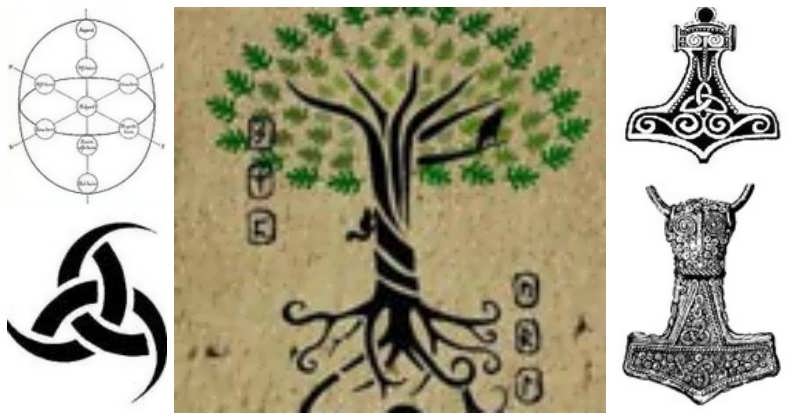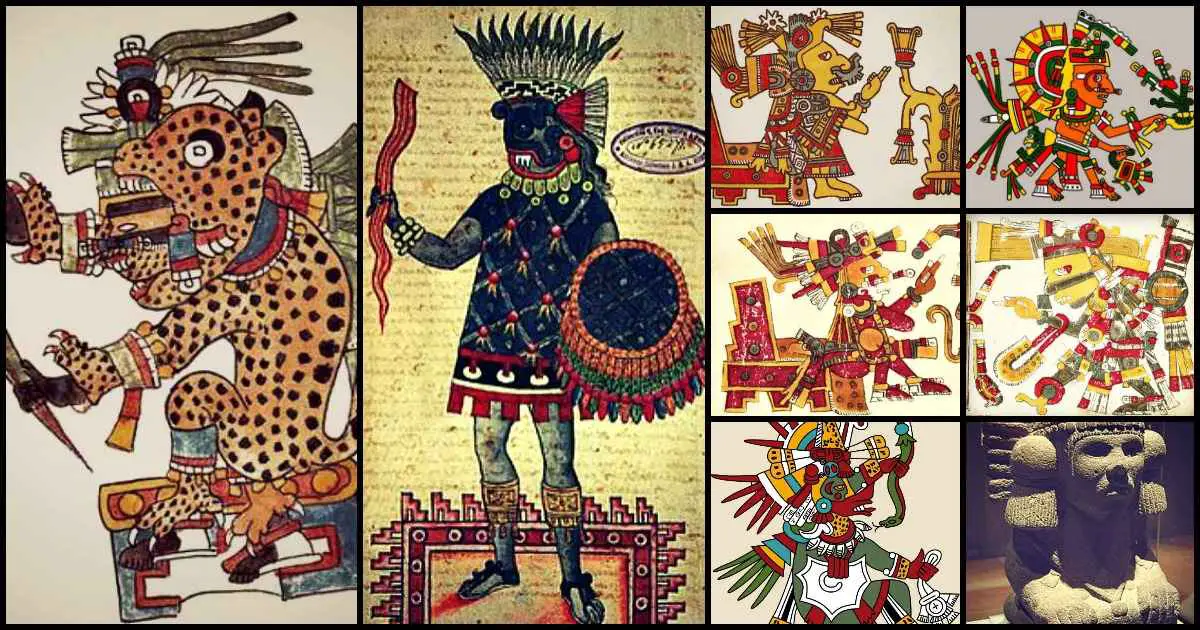
Mañjuśrī, the bodhisattva of great wisdom mounts a lion, symbolized in the flower adornment sutra (avatamsaka). It combines the speed of the wind and the strength of the horse to control the mind and guide it toward liberation.

30the handbook of tibetan buddhist symbols.
Tibetan buddhist symbols and their meanings. Green is the color of balance and harmony. The motifs of tibetan carpets are for this reason more or less readable. Other vajrayana symbols popular in tibetan buddhism include the bhavacakra (wheel of life), mandalas, the number 108 and the buddha eyes (or wisdom eyes) commonly seen on nepalese stupas such as at boudhanath.
The combination of these symbols encompasses the “wheel of life”, which symbolizes the universe. Amazingly, buddhist symbols are known for enacting symbolism and art in their teachings which can easily be found in tibet, vajrayana, and many parts of china and japan. They are usually crammed with mantras, and similar to prayer flags, it is taught that the power of the mantras will spread when the wheel is turned.
That is to say, the lion symbol shows the power in the sound of the teachings of the buddha. Snow lion, wind horse, dragon, garuda and tiger. Fire is the natural element complementary to the color red.
Tiger icons in tibetan buddhism are most prevalent in eastern tibet, appearing on more furniture and rugs here than anywhere else in tibet. Prayer flags and mani wheels. Another common symbol is the bell.
There are many prayers for health, prosperity and good fortune. prayer wheels are another typical tibetan phenomena. Eight tibetan symbols and motifs there are eight main symbols and motifs that are representations of tibetan buddhist beliefs. The part of the body associated with this color is the tongue.
There are various mythical creatures used in vajrayana art as well: Reflecting on the aforementioned symbols is an integral part of the rituals performed by tibetan buddhists (beer, 2003, p. It combines the speed of the wind and the strength of the horse to control the mind and guide it toward liberation.
Some of the symbols of tibetan buddhism include the stupa, the wheel and the lotus. Buddhist symbols, depending on their use and combination with other symbols, could mean completely different things. They are symbolic of the bodhisattvas, the buddha�s lions, and can be found in their role of dharma protectors supporting the throne of buddhas and bodhisattvas and serving as their mounts.
Celestial lute of the gods (right), fashioned from precious woods, metals, and jewels. Let’s see the icons pictures and images of the most popular buddhist symbols: Tibetan symbols are largely influenced by buddhism, which has extensive religious symbology, that represents the abstract ideas that hold center stage in their view of the world.
The varja is a type of club made of either brass or bronze, with its four prongs at each curved around the fifth in the center, creating the shape of a lotus bud. The buddha amitabha is depicted with a red body in tibetan art. In buddhism, meditating on the color red transforms the delusion of attachment into the wisdom of discernment.
In western art the meaning of supporting attributes. In the land of the dalai lama, these. The two swastikas are symbols of eternal life.
The victory banner is hailed as the symbol of total victory of tibetan buddhist thought overall hostile and harmful elements such as ignorance, disharmony, and even death. The kalachakra “tenfold powerful” logo. The wheel and deer emblem.
The language of symbols is clearly recognizable in the art of carpet knotting. 30the handbook of tibetan buddhist symbols. In addition, buddhists also see the symbol of.
Apart from other symbols, these are the most important, because they are central to tibetan buddhism. The buddhism community use this symbol to liken the teachings of the buddha to the roaring of a lion. Mañjuśrī, the bodhisattva of great wisdom mounts a lion, symbolized in the flower adornment sutra (avatamsaka).
The tibetan and himalayan library. There are many buddhist symbols like the lotus flower which represents the ability of humans to use wisdom and purity to grow and overcome obstacles. Variations of this popular symbol can be seen adorning the roofs of tibetan monasteries.
The encyclopedia of tibetan symbols and motifs and the circle of bliss: It is often used on prayer flags to carry prayers from heaven to earth.